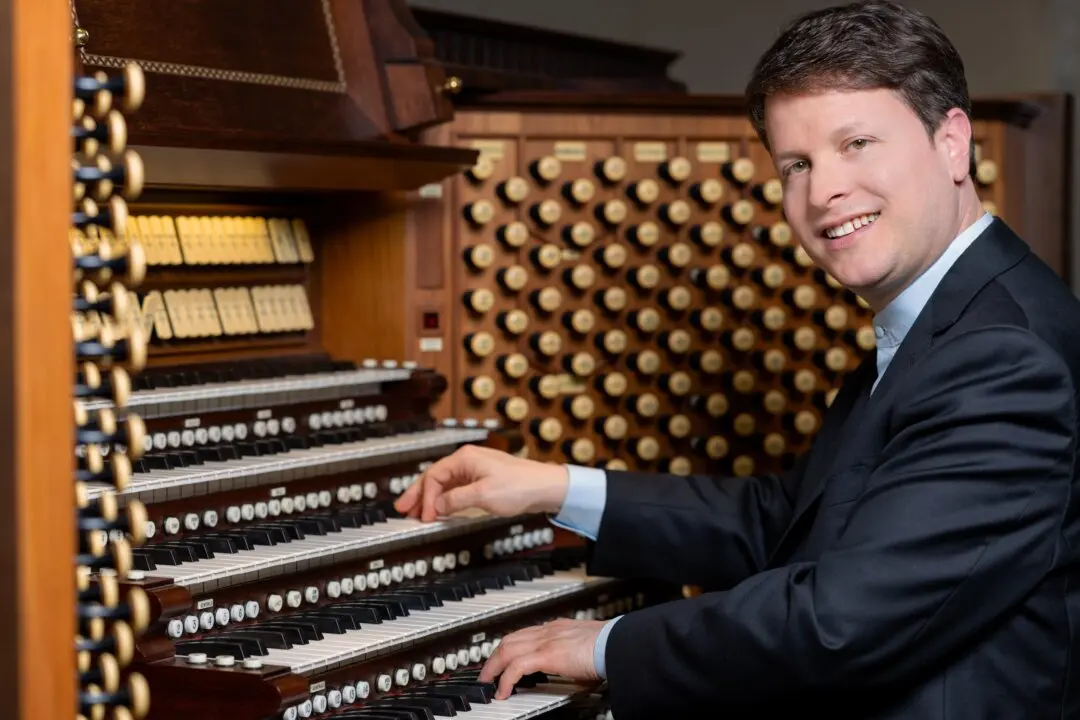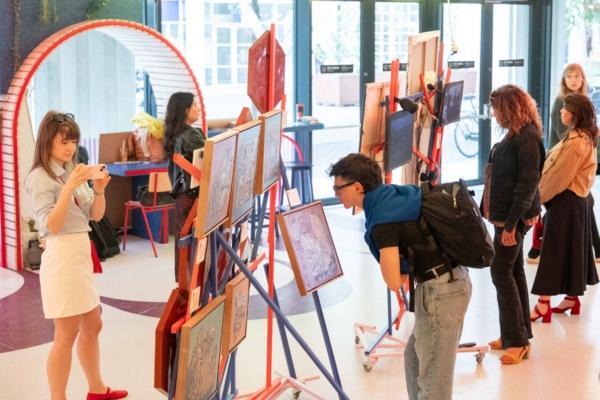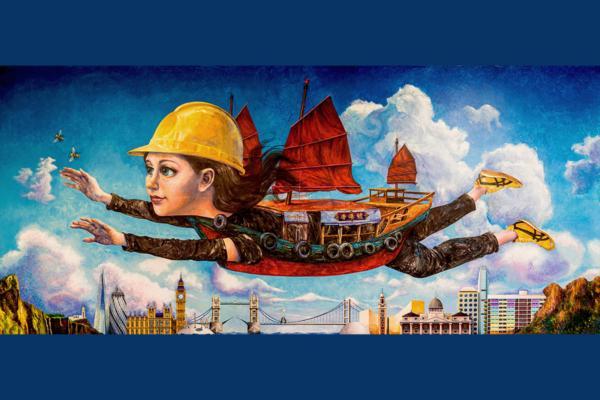Cheung Chan-fai, a former philosophy professor at the Chinese University of Hong Kong, believes photos are divided into natural and humanistic landscapes. And there are different factors in photos that show movement; some are historical, some are political, and some are emotional.
“Photographers can deliberately reconstruct a meaningful photo through the lens, giving the photo a story. At the same time, a photo can narrate a piece of history and let that moment be captured for eternity. When we look at a photo, we can go back to that era,” said Cheung Chan-fai, former Professor of Philosophy, at the Chinese University of Hong Kong, to an Epoch Times reporter.




